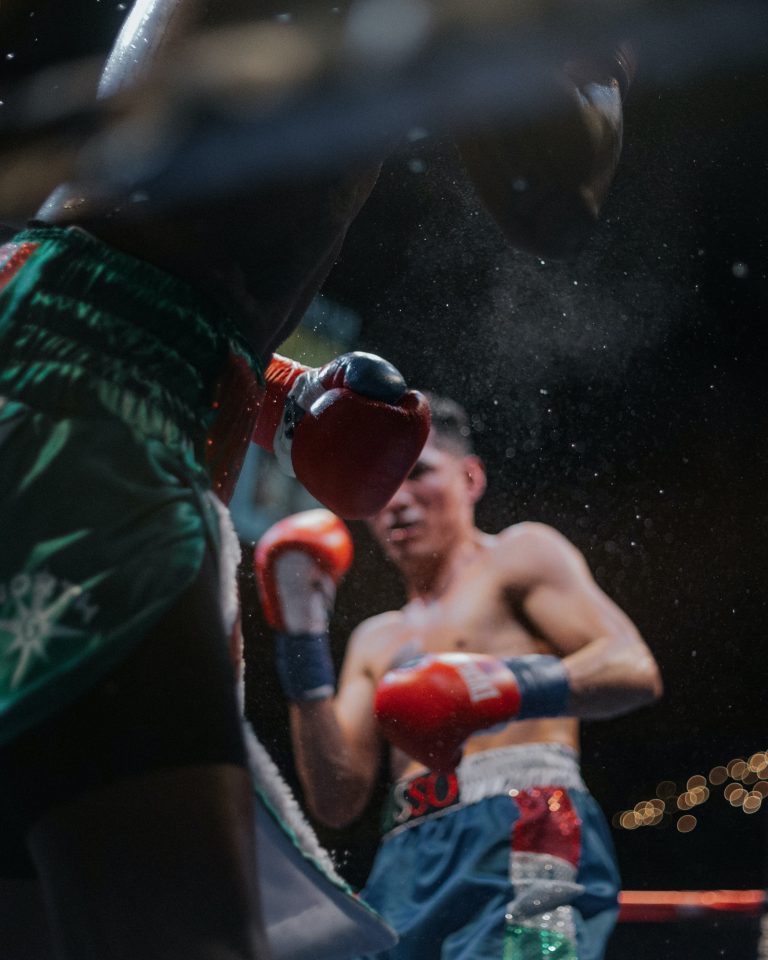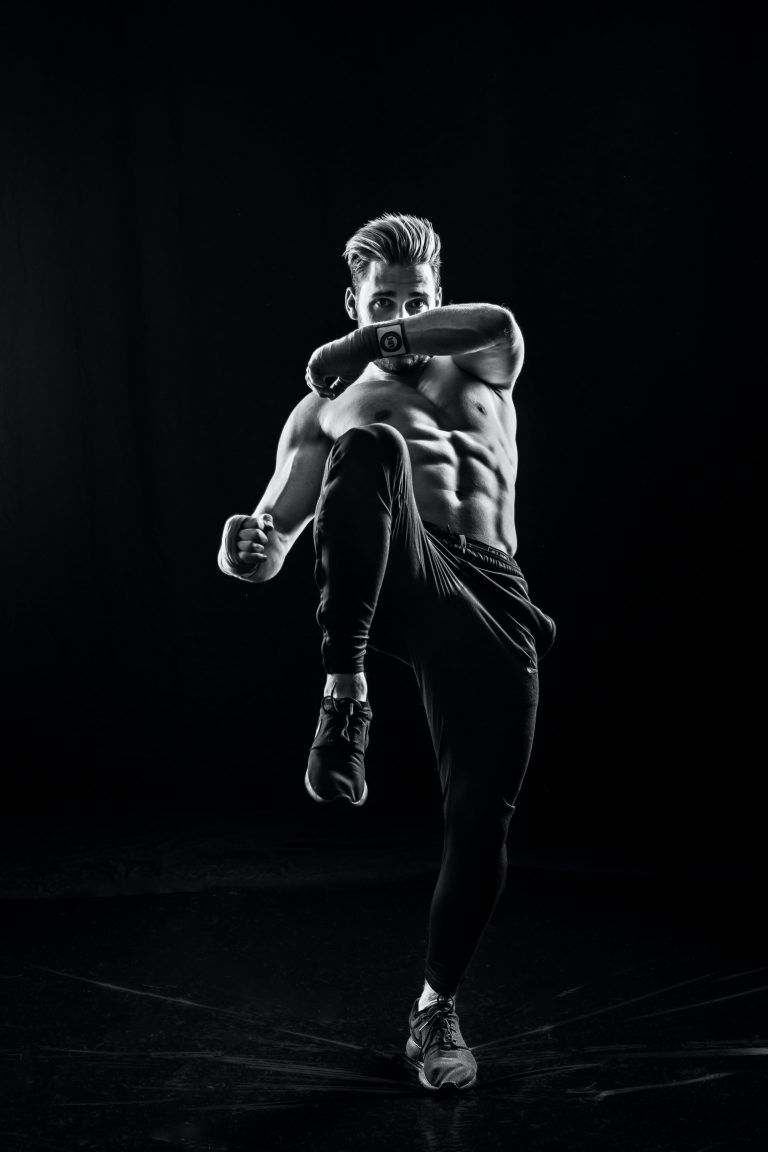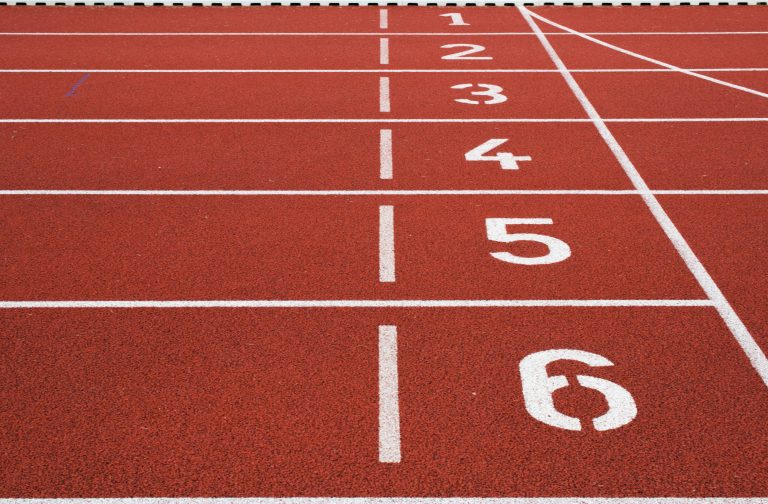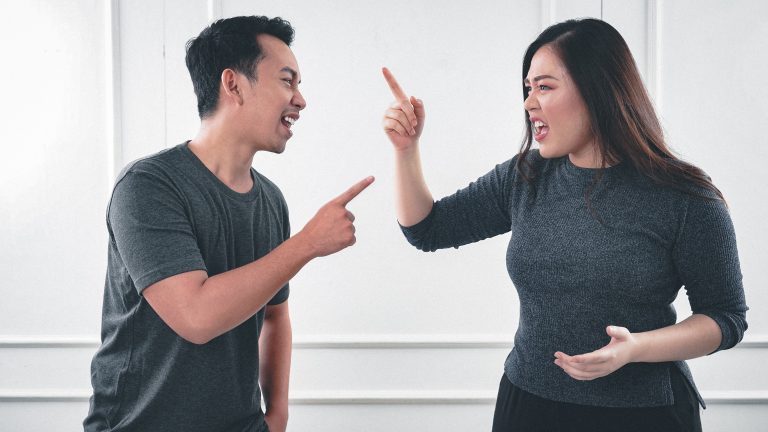Karate: How to Master the Five Punching Techniques
Punching techniques are a fundamental part of karate and are essential for effective self-defense. As a student of karate, knowing how to punch effectively is a key step in mastering the art of karate. In this article, we’ll explain why these five punching techniques are so important for karate and provide tips for mastering them.
The most common punching techniques used in karate are the straight punch, horizontal punch, hammer fist, open-handed strike, and the reverse punch. We’ll go over each one in detail, explain its benefits, and provide tips on successful execution. Let’s get started!
What are the Five Punching Techniques Used in Karate?
The five punching techniques used in karate are as follows:
1. Straight punch – The straight punch is the most basic of all punching techniques and is used to attack targets such as the face, abdomen and chest. It is also useful for maintaining distance as you move in to launch an attack.
2. Horizontal punch – The horizontal punch is used to attack targets such as the ribs, sides of chests and shoulders. The fists should be lower than your shoulders when you execute this punch.
3. Hammer fist – The hammer fist is an effective technique for hitting targets such as the jaw, temple and back of the head. You should keep your arm close to your body when executing this technique.
4. Open-handed strike – The open-handed strike is used to strike vulnerable areas such as the eyes and throat. This technique is considered a more defensive technique and should only be used when absolutely necessary.
5. Reverse punch – The reverse punch is used to attack targets such as the face, temple and stomach. This punch requires you to turn your body to generate power and requires precise timing and execution to be effective.
Benefits of Mastering Punching Techniques
Punching techniques are an important part of karate and mastering them can offer several benefits:
- Improved coordination: Being able to coordinate and control your body when executing a punch takes practice and skill. As you learn and improve on punching techniques, your coordination will improve dramatically.
- Enhanced power: When punching, power is generated from your body rather than just from the arms. Executing punches correctly and with proper technique can help you generate maximum power when delivering a punch.
- Increased reaction speed:Punching techniques require split-second decisions and reactions, which can help improve your reflexes and reaction speed.
- Enhanced defensive abilities: Punching techniques are not just used for offense in karate; they can also be used as defensive tools to protect yourself against attackers.
Tips for Mastering Punches in Karate
There are a few things you can do to gain proficiency with the five punches in karate:
- Watch instructional videos: The internet is full of instructional videos that can help you understand the mechanics of each technique. Watching videos can give you an idea of what proper form looks like before you practice.
- Work on your footwork: Footwork is essential when executing a punch effectively. Work on pivoting on your feet or shifting your stance in order to generate power and momentum from your body.
- Practice with resistance: In order to become more proficient with your punching techniques, it’s important to practice with resistance. You can use focus mitts or a heavy bag to condition your punches and make them more powerful.
- Vary your training: Don’t get stuck following the same routine every day; instead, vary your training by using different drills and adding new techniques to your repertoire.
- Train with a partner: A great way to practice your punches is by training with a partner. Working with someone who can offer feedback and help you troubleshoot is a great way to master the five punches used in karate.
- Focus on technique: Technique is much more important that raw power when it comes to punching properly. Work on mastering the fundamentals and take your time; there’s no need to rush into things.
Conclusion
Mastering the five punching techniques used in karate takes time, dedication, and lots of practice. With patience and proper instruction, anyone can become proficient at executing these five punches correctly and effectively. Keep these tips in mind as you work on mastering each technique and you’ll be a master in no time!
What are the Five Punching Techniques Used in Karate?
Karate is a martial art that involves various techniques to defend oneself or attack the opponent. One of the most important techniques in karate is punching, where the practitioner uses their hands to strike their opponent. In this post, we will answer the most frequently asked questions about the five punching techniques used in karate.
What are the Five Punching Techniques Used in Karate?
The five punching techniques used in karate are:
1. Gyaku-zuki (Reverse punch)
This is the most basic and commonly used punching technique in karate. It involves punching with the hand that is opposite to the leg in front, which means if the right leg is forward, the punch will be with the left hand. This technique generates power from the hip and utilizes the whole body, making it a strong and effective punch.
2. Oi-zuki (Front punch)
This is another fundamental punching technique used in karate. It involves punching with the hand that is in front of the leg, which means if the right leg is forward, the punch will be with the right hand. This technique is quick and direct and is commonly used for quick strikes to the face or body.
3. Kizami-zuki (Jab punch)
This punching technique is a quick and light punch that is used to distract or disturb the opponent. It involves punching with the hand that is in front of the leg, similar to the front punch. The Kizami-zuki is an unexpected punch that can catch the opponent off guard and leave them open for further attacks.
4. Tate-zuki (Vertical punch)
This punching technique is a powerful and direct punch that involves punching vertically to the opponent’s body or face. It involves punching with the same hand as the leg in front, meaning if the right leg is forward, the punch will be with the right hand. This technique is often used to attack the solar plexus or the nose of the opponent.
5. Mawashi-zuki (Roundhouse punch)
This punching technique is a circular punch that is used to attack the opponent from the side. It involves punching with the hand that is opposite to the leg in front, similar to the reverse punch. The Mawashi-zuki is a powerful punch that can generate great force, making it effective for attacking the ribs or kidneys.
What are the Key Points for Executing the Five Punching Techniques?
To execute the five punching techniques successfully, there are some key points to remember:
– Keep your arms and shoulders relaxed to generate maximum power.
– Focus on the target and aim for accuracy.
– Use your whole body to generate power, not just your arm.
– Breathe out as you punch, which can help in generating force and power.
– Ensure your hips move in conjunction with your punch to generate force.
– Your fist should be tightly closed but relaxed, with your thumb alongside your fingers.
How Can I Improve My Punching Techniques?
To improve your punching techniques, there are several things you can do, including:
– Practice regularly to build up your strength, speed, and accuracy.
– Focus on your form and technique, making sure you execute each punch correctly.
– Work on your core muscles and hip rotation, which are essential for generating power.
– Shadowbox to practice your technique without a partner.
– Use a punching bag or pads to sharpen your accuracy and power.
– Work with a partner to practice timing, speed, and defense.
Conclusion
The five punching techniques used in karate are Gyaku-zuki, Oi-zuki, Kizami-zuki, Tate-zuki, and Mawashi-zuki. Each punch has its unique application and can be used to target different parts of the body. To execute these punches effectively, it’s essential to practice regularly and focus on your technique, form, and power.
Inhaltsverzeichnis






